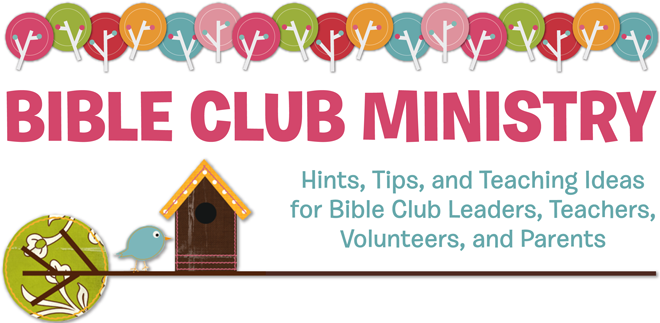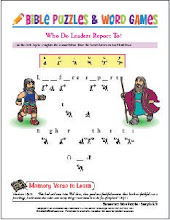Keep in mind that creativity means doing the “extra” ordinary. There’s no wrong way to mold clay, paint a picture, build with blocks, etc. Offer suggestions or assistance only when a child requests help or gets frustrated. The process and the creation need only be pleasing to the child, not to you or other adults. Find something to compliment in each child’s work, but don’t overdo it to the point it becomes insincere. If you can’t tell what the drawing is supposed to be, compliment the use of color or texture and ask the child to tell you about it. Display your preschoolers’ pictures and works of art around your Cubby Bears room and in your church nursery, make a scrapbook of art they can flip through, give card-size creations to shut-ins, and send creations home with parents. Show off your own creativity (arranging flowers, cooking up a new snack, painting a piece of furniture, hanging a new picture, making up a story or song to share, etc.) in front of your preschoolers. Let those creative juices flow!
Encouraging creativity in preschoolers isn’t really difficult. Here are a few examples:
• Young children like to use their bodies to jump, rock, sway, creep, skip, and walk in funny ways, using their heads, hands, arms, ad legs. So let music come into your classroom through CDs, radio, singing, and instruments. Don’t worry if you can’t carry a tune. Most of your preschoolers won’t even notice!
• Preschoolers like to make things, sometimes using tools and brushes. They like to feel different materials, and squeeze them through their fingers. So once in a while provide clay, scraps of soft wood, colored paper, paint, sand, and even mud. It will all wash off! Some items aren’t safe, and some stain, so use your good judgment to keep your preschoolers safe and clean.
• Children like to make believe. So give them puppets, grown-up clothes, scarves, hats, large pieces of fabric, and other props out of which they’ll create a whole new world of fantasy. You might be an audience for them occasionally—and you’ll be sure to enjoy the show.
• Young children like to rhyme sounds and words, tell stories, and compose songs and poems. So encourage them and listen to them. Don’t be too upset by silly behavior, unless it’s disrupting your activity. Give them times to let go and have fun. If they can’t “let themselves go” when they’re two, three, or four (or eight), when can they?






